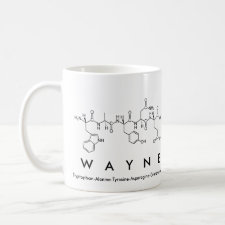
Authors: Mullett WM, Lai EPC
Article Title: Molecularly imprinted solid phase extraction micro-column with differential pulsed elution for theophylline determination.
Publication date: 1999
Journal: Microchemical Journal
Volume: 61
Issue: (2)
Page numbers: 143-155.
DOI: 10.1006/mchj.1998.1688
Abstract: The technique of molecular imprinting is used to produce an extensively cross-linked poly(methacrylic acid-co-ethylene dimethacrylate) material that contains theophylline as a print molecule. After Soxhlet extraction of the theophylline, binding sites are formed in the polymer with complementary size, shape, and positioning of chemical functionalities for high theophylline selectivity. The molecularly imprinted polymer has good binding capacity, chemical stability, and physical robustness properties which make it an ideal packing material for micro-columns used in solid phase extraction. Pulsed elution of the bound theophylline can be accomplished through injection of 20 μl of methanol, which has the proper polarity and protic nature to disrupt the hydrogen bonding and electrostatic interactions between basic theophylline molecules and acidic binding sites. Nonspecific adsorption of interfering drugs can be eliminated by a novel differential pulsed elution, without sacrificing the selective binding of theophylline. This novel microanalysis technique, MISPE-DPE, offers the advantage of micro- scale performance for sample introduction, chemical interference removal, and spectrometric theophylline determination over a linear dynamic range of 1-100 μg/ml. (C) 1999 Academic Press
Template and target information: theophylline



Join the Society for Molecular Imprinting

New items RSS feed
Sign-up for e-mail updates:
Choose between receiving an occasional newsletter or more frequent e-mail alerts.
Click here to go to the sign-up page.
Is your name elemental or peptidic? Enter your name and find out by clicking either of the buttons below!
Other products you may like:
 MIPdatabase
MIPdatabase









